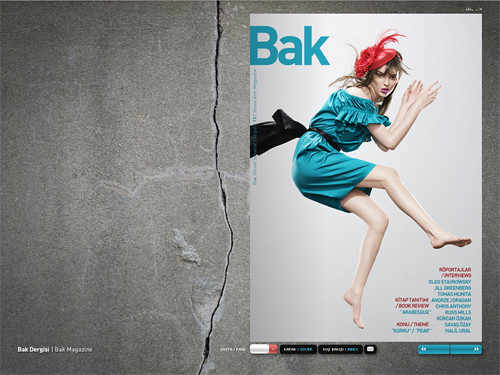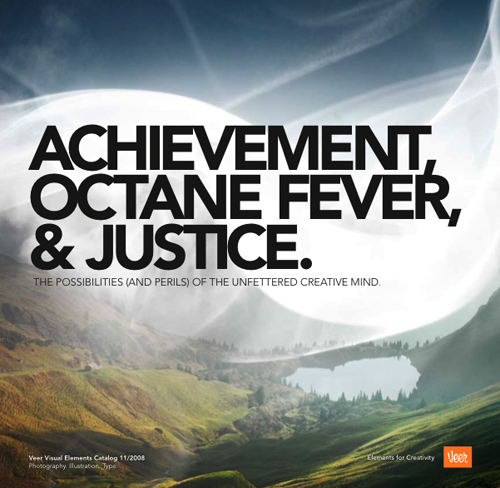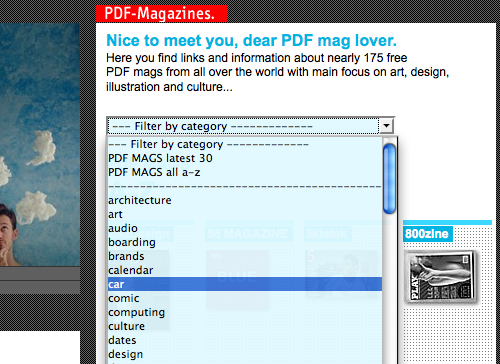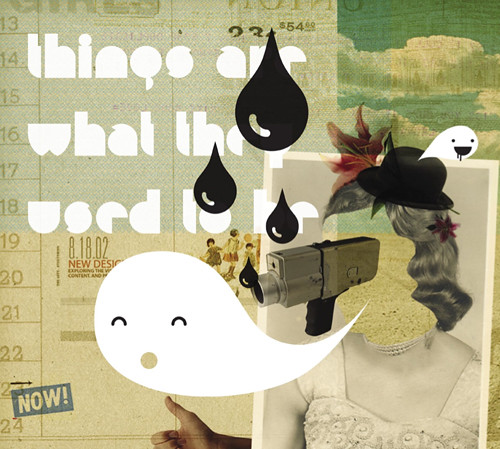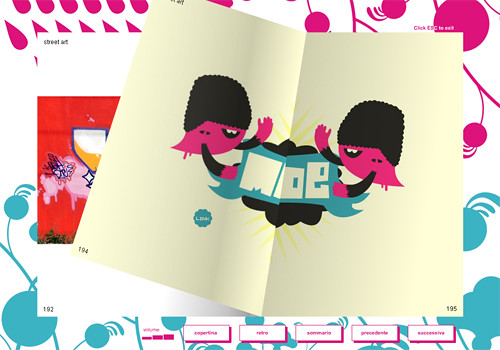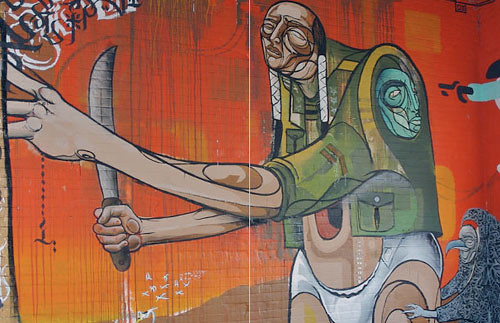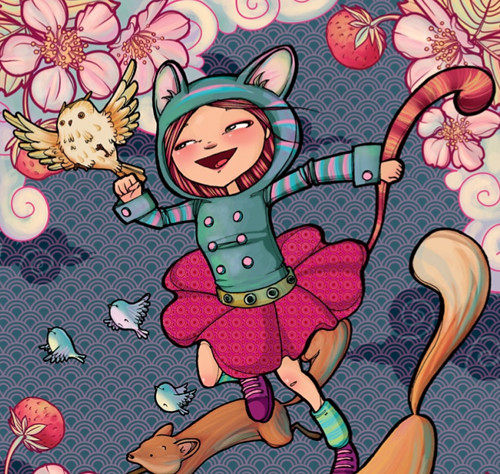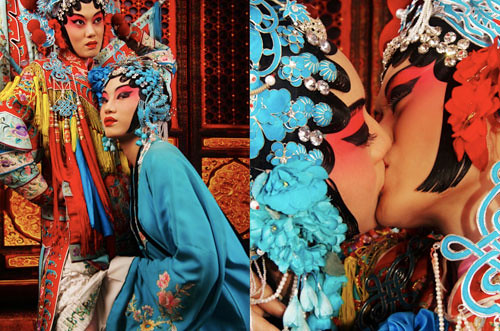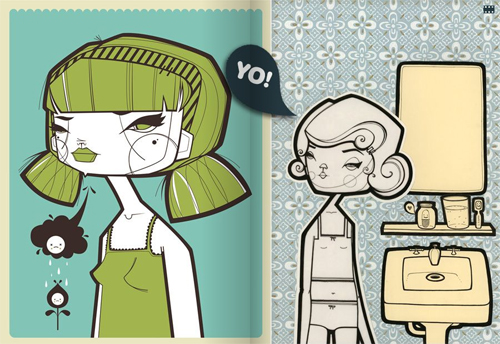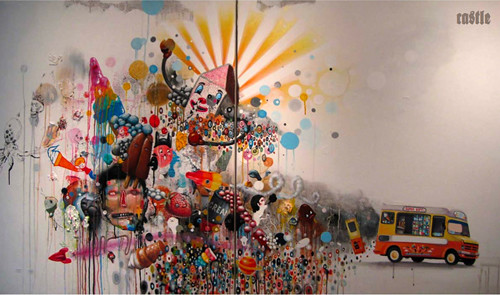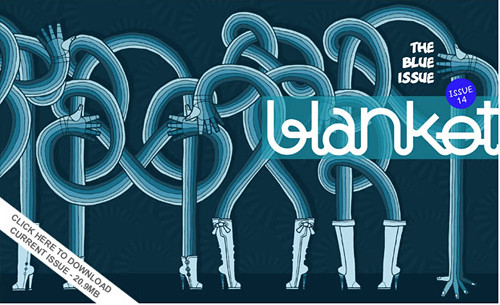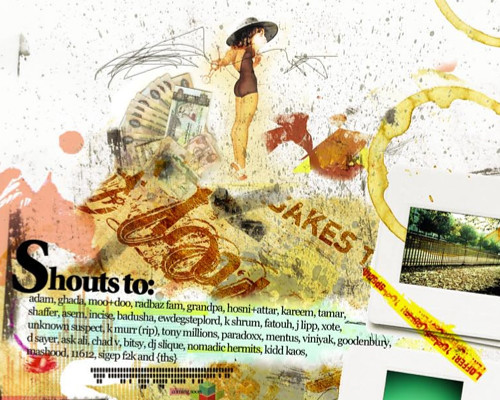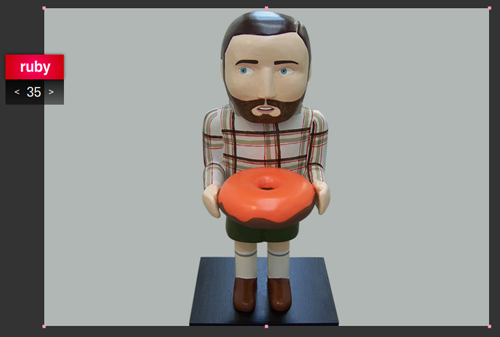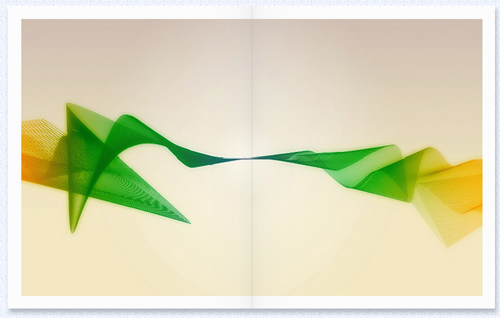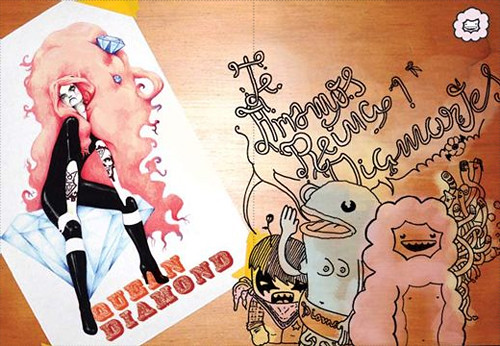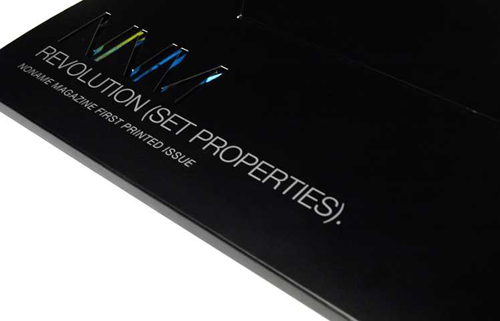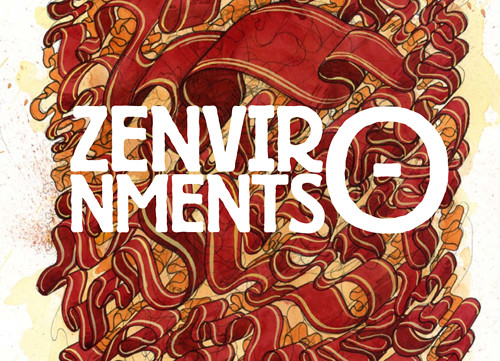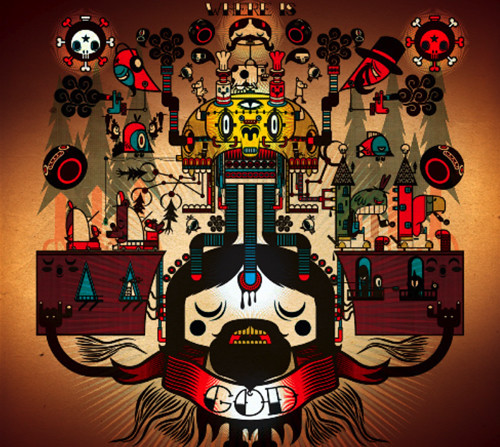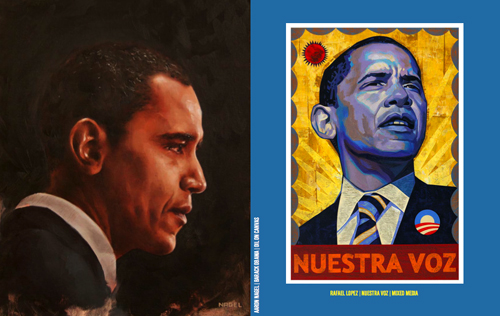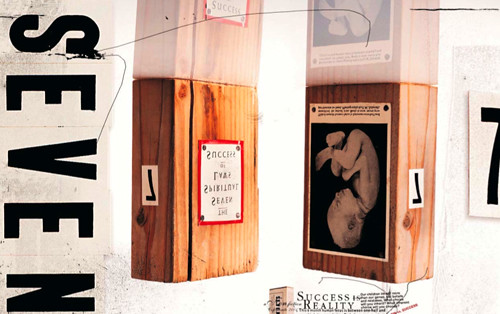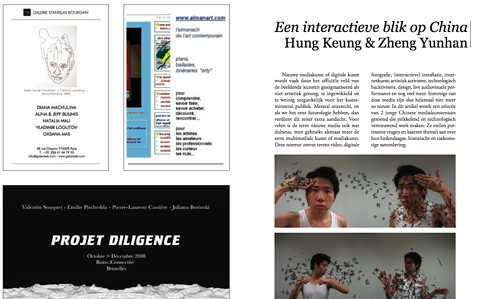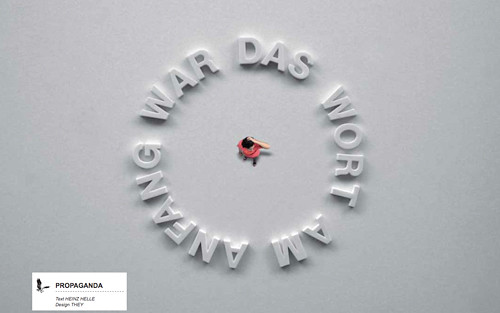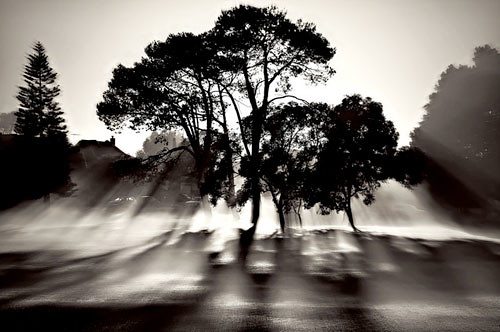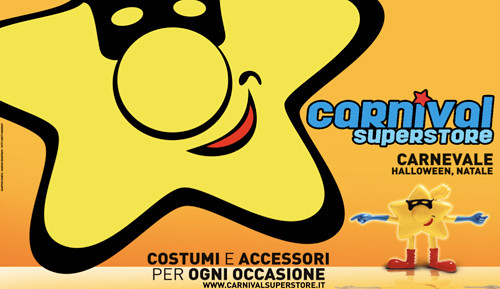Ruth E. Iskin. Modern Women and Parisian Consumer Culture in Impressionist Painting. Cambridge: Cambridge University Press, 2007. 288 pp. $96.00 (cloth), ISBN 978-0-521-84080-4.
Reviewed by Charlene Garfinkle (independent scholar)
Published on H-Women (March, 2009)
Commissioned by Holly S. Hurlburt
Iskin’s book is a provocative study, broadly researched in theories and practices of the time and drawing on contemporary fiction and writing by art critics and artists to recreate the cultural aura of this period in Paris. Most satisfying are her discussions of “What is modern?” not only in the visual arts but in the wider scope of popular culture. “Print media images flooded everyday life in various forms.... Thus, avant-garde art during the Impressionist decades was being formed in the midst of radical changes not only in the mode of consumption but also in the visual culture that increasingly permeated modern life, linking it to consumption” (p. 2). The relationship between print media and impressionist painting has been well established. What Iskin offers in her study is the connection of the printed by-products of consumer culture--advertising images, such as posters, fashion plates, and department store catalogue illustrations--with the subject matter of impressionist art. Iskin’s use of art critics to cast light on the existence of this relationship, and place her arguments into a cultural context, makes interesting reading and proves her point that the influence of consumer culture was blatantly present in these paintings although not always appreciated by some contemporary critics.
Chapter 1, “Introduction: Impressions, Consumer Culture and Modern Women,” sets the goals of the book and also introduces a discussion of the female gaze and spectatorship as it relates to bourgeois cultural consumption. Putting a new twist on Laura Mulvey’s “male gaze,” Iskin shuffles the deck on the gaze by presenting the modern woman as an object taking an active role in both sides of consumption. “By considering modern women’s roles not only as passive icons that sell commodities but also as active producers, consumers and sellers, I argue that certain paintings by Manet and the Impressionists represent modern women’s agency and inclusion rather than passivity and exclusion from the public spaces of modern Paris” (p. 23). Iskin makes the point that women are both consumers in this age of mass production/consumption and objects on display. Therefore, women can be depicted both looking and being looked at in impressionist painting. An intriguing analysis of a group of paintings by Mary Cassatt ends the first chapter and sets the scene for the next.
“Selling, Seduction and Soliciting the Eye: Manet’s Bar at the Folies-Bergère” (1882) focuses on the “still-life” of bottles on the counter in this painting as representing commodity display. This chapter is a reprint of Iskin’s article published in The Art Bulletin in 1995 and fits nicely into the theme of this larger study. It adds another level of interpretation to the extensive literature on Manet’s A Bar at the Folies-Bergère. Included here is the commodity aspect of the liquor bottles and their clearly readable labels as well as an intriguing explanation of the spatial “incoherence” in the painting, which Iskin attributes to Manet’s use of several viewpoints, including the “single male gaze,” “female spectatorial gaze,” and “crowd spectatorship” (p. 55).
Iskin’s most original contribution is in chapter 3, “Degas’s Dazzling Hat Shops and Artisanal Ateliers: Consumers, Milliners and Saleswomen, 1882-c.1910,” where she groups Degas’s millinery shop subjects (the first study of these works as a whole) and interprets them “in the historical context of Parisian culture of feminine fashion consumption and production” (p. 61). Iskin views these works from all angles, including the literary influence of Baudelaire, gender and class issues of depicting bourgeois women consumers, the modiste as artisans and working-class salesgirls, and the manipulation of the composition to feature the commodity display of hats as subject in light of “the new display strategies developed by department stores to attract customers” (p. 93).
“Inconspicuous Subversion: Parisian Consumer Culture in 1870s City Views” is the topic of chapter 4. Here Iskin takes a new look at city views by Gustave Caillebotte, Pierre-Auguste Renoir, Giuseppe de Nittis, Manet, Degas, and Monet, going beyond the effect of the Haussmanization of Paris by “analyzing representations of specific sites of the Parisian culture of consumption, such as storefronts, shop signs, shop displays, and various advertisements in the paintings of Manet and the Impressionists, particularly in the city views of the 1870s." She "contextualizes the works within the contemporary cultural discourse of consumption and critical response to the artworks” (p. 115). This was one of the less satisfying chapters due to the conflation of ideas--there are “both explicit and implicit signs,” a “modernist ambivalence about consumer culture,” and “an ambient presence ... rather than a primary focus” of consumer culture (p. 115). Iskin’s detailed reading and use of wide-ranging resources is often rewarding and viable, but, at times, her zeal to interpret every inch of a painting, look into every corner, and present every nuance and contrast ends up leading to multiple layers of speculation without firm ground, and suggests that every detail of a painting has the same thrust, which they do not. By claiming the use of inconspicuous subversions, an argument can be made just as easily for these artists depicting simply what they saw without subversive undertones. Using the lack of overt representations of consumerism as a statement of “a modernist ambivalence about consumer culture and its representation in art” can serve as an argument as well for the disinterest of the artist in consumer culture in these works (p. 115).
Although each section of chapter 5, “Nature and Marketplace: Zola, Pissarro and Caillebotte,” is interesting in its own way, it is a patchwork of several subsets of market subjects that only tangentially touch on the themes of Parisian consumer culture or modern women. This chapter analyzes three distinct views of the marketplace: Zola’s literary description of an urban market from a scene in his 1873 novel Le ventre de Paris, images of village markets and kitchen gardens by Camille Pissarro in a wide variety of media (and purposes?) mostly from the 1880s and with a dash of Caillebotte added, and a discussion of Caillebotte’s extension of traditional tabletop still lifes into those of display paintings of produce and livestock. The chapter concludes with Manet’s unrealized Le ventre de Paris mural for the Hôtel de Ville. A natural extension to Pissarro’s kitchen gardens would be a discussion of the orchard theme as depicted by Pissarro and Cassatt, but it is not addressed. While I agree with Hollis Clayson’s observation in a recent review of this book that this chapter contains “juxtapositions of diverse representations of thematically linked material, some quite thought provoking,” its lack of cohesiveness remains problematic.[1]
Chapter 6, “The Chic Parisienne: A National Brand of French Fashion and Feminity,” looks at the French fashion industry and in particular its symbol, la Parisienne, in the art of the impressionists. French taste was linked so closely with fashion in the nineteenth century that fashion became part of the national identity. Images of the chic Parisienne were part of the commercial print media of fashion plates, journal illustrations, posters, and department store catalogue covers, all used for advertising the latest clothes and where to purchase them. Focusing on the works of Manet, in which the Parisienne is presented in modern dress and context, Iskin makes an argument for the rise of the modern French woman as the new artistic ideal (replacing more traditional classical models). This chapter also gives a brief nod to other impressionist painters, such as Renoir, Cassatt, and Berthe Morisot, with their works from the 1860s-80s depicting images based on la Parisienne. The extent to which women were involved in all aspects of the display of the chic Parisienne--from consumer to model to living fashion plate--is well argued. The chapter concludes with how the La Parisienne Monument from the 1900 Exposition Universelle was used to link the fashionable Parisienne to national identity, becoming a symbol of what the exposition was meant to advertise--France’s place in the world as a rival to other nations. The superiority of the chic Parisienne in the fashion sphere translates to France’s cultural superiority in the international colonial sphere.
This book and its arguments would have benefited from at least a few color plates. While it is to Iskin’s advantage to keep the dimensions and tonality similar for the paintings and the graphic media she discusses, the nature of display, allure, and commerciality of the goods within the paintings (and of the paintings themselves) which she discusses is lost in black and white illustration. While the point can be made that color images are not vital to the cultural investigation of Iskin’s works, they would have added support to some of her more visual observations. She, for example, describes Degas as “depicting the decorated hats in such bright colors that at times they have an almost hallucinatory effect in contrast to the muted tones in the rest of the picture” (p. 94). I would like to have actually experienced this effect since I am not familiar with these works firsthand. Ultimately, to have no color plates (save on the front of the dust jacket) in a text about impressionism is, to say the least, disappointing.
Modern Women and Parisian Consumer Culture in Impressionist Painting is an ambitious work on many levels--intertwining themes, multidisciplinary approach, gender/class relationships, and painted and graphic art interconnections--so omissions of certain artists and discussions are expected and have been noted.[2] In general, this is a thought-provoking book that introduces many new ideas and makes new connections. Iskin is at her best when providing a fresh look at a visual art icon, such as Manet’s A Bar at the Folies-Bergère, and introducing her original readings of lesser known works. It is an important resource for scholars of social, cultural, and art history as well as gender studies of the nineteenth century, while the extensive notes and works cited sections will be a valuable asset for studies of all types of consumer culture in Paris.
Notes
[1]. Hollis Clayson, review of Modern Women and Parisian Consumer Culture in Impressionist Painting, by Ruth E. Iskin, H-France Review 8 (January 2008): 28-33, http://www.h-france.net/vol8reviews/vol8no8clayson.pdf.
[2]. Kiri Bloom, review of Modern Women and Parisian Consumer Culture in Impressionist Painting, by Ruth E. Iskin, 19: Interdisciplinary Studies in the Long Nineteenth Century 7 (October 2008), http://www.19.bbk.ac.uk/; and Robert Lethbridge, review of Modern Women and Parisian Consumer Culture in Impressionist Painting, by Ruth E. Iskin, Journal of European Studies 38, no. 3 (2008): 324-326.
If there is additional discussion of this review, you may access it through the list discussion logs at: http://h-net.msu.edu/cgi-bin/logbrowse.pl.
Citation: Charlene Garfinkle. Review of Iskin, Ruth E., Modern Women and Parisian Consumer Culture in Impressionist Painting.H-Women, H-Net Reviews.March, 2009.
URL: http://www.h-net.org/reviews/showrev.php?id=24122
 | This work is licensed under a Creative Commons Attribution-Noncommercial-No Derivative Works 3.0 United States License. |















































